Ryegrass, Beef Builder Forage Annual
$47.00 /50lbs. (50 pound bag)
Improvement over annual for grazing, especially in rust prone areas (high rainfall).
Out of stock
Improvement over annual for grazing, especially in rust prone areas (high rainfall).
| Grow Height | Cold Tolerance | Minimum Rainfall |
Planting Rate Acre |
| 2-3′ | Good | 25″ | 25 lb. |
| Weight | 51 lbs |
|---|---|
| Dimensions | 29 × 17 × 7 in |
Be the first to review “Ryegrass, Beef Builder Forage Annual” Cancel reply
You must be logged in to post a review.
Related products
Once established, giant bermudagrass is very drought, heat and salt tolerant. Cultural management of giant bermudagrass is much like that of Coastal Bermudagrass, a vegetative pasture bermudagrass.
Good pasture. Cajun II is a forage-type endophyte-free tall fescue that promises broad adaptation and high yields.
Largest use is turfgrass. Used to overseed warm season turf. In adaptable regions plant 2-10 lb. per 1000 sqft.
Introduced bunch grass that is adapted to the southwest. Has a rapid growth. Minimum temperature is 12F and grows in pH 4.5-8 range in coarse to medium soils with low salinity tolerance.
Like other Tall Fescue this is normally a permanent cool season grass. However unlike other Tall Fescue Titan Rx has rhizomes that allows it to spread and has more heat/drought tolerance because of the larger root system.
An annual grass with each stem bearing an unbranched, erect, flattened, bristly spike of narrow, crowded, greenish-brown spikelet.
Tropical to subtropical perennial grass with good forage production in low fertile soils. It creeps with stolons and rhizomes, native to South America, naturalized in North America.
Fairly large, ragged bunchgrass that was introduced from Africa for cattle forage.
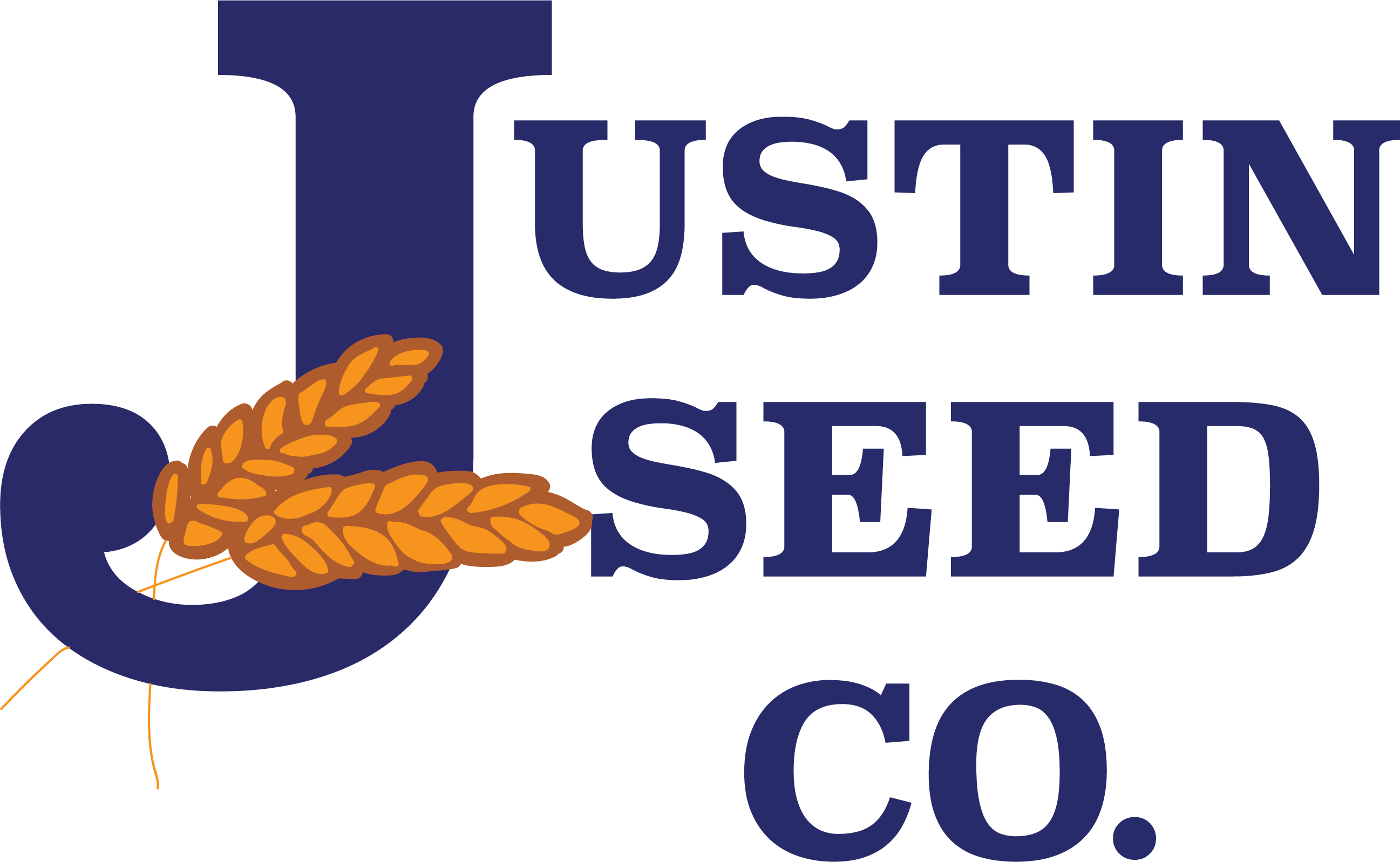

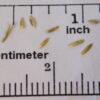
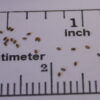


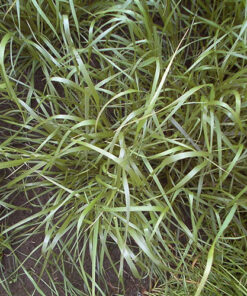
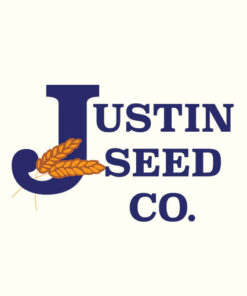
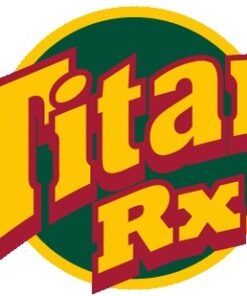
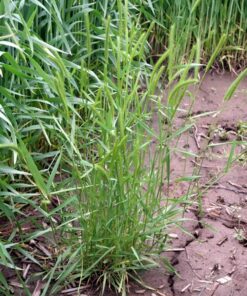

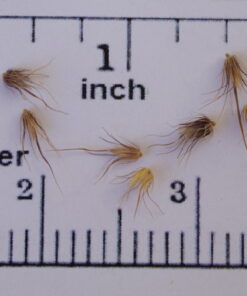
Reviews
There are no reviews yet.